Each poultry breeder knows that a low temperature in the chicken coop leads to a decrease in egg production in birds and the development of colds, which can lead to the death of the entire population. Several methods are used to heat the chicken coop, however, the use of heaters is expensive and does not always pay off. Consider several inexpensive ways to heat a chicken coop in winter without electricity.
Content
Varieties of heating
To maintain maximum egg laying in hens in winter, birds need additional lighting and warmth in the room. As for thoroughbred chickens, each species has its own temperature standards in the chicken coop, but in no case should it fall below +10 degrees Celsius. The temperature from +12 to +18 degrees will be comfortable for birds. To control the temperature, a thermometer is installed in the chicken coop. There are two types of heating:
- Natural.
- Artificial.
The first is the insulation of the room itself and the laying of additional litter, which, when exposed to natural processes, generates heat. Artificial heating is the installation of a heating system and electric heaters.
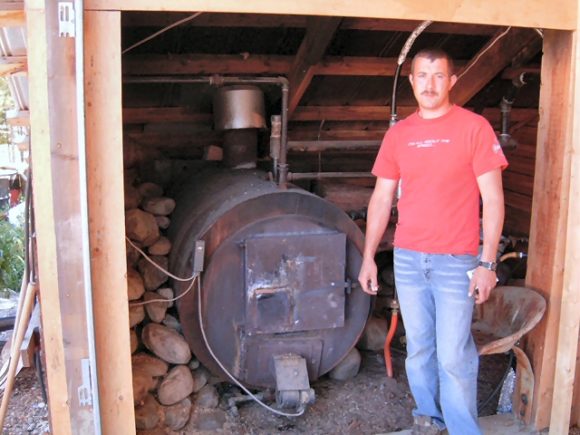
Room insulation
Even high-quality self-made heating will not save you from the cold if frosty air enters through the holes in the walls, doors and roof. Drafts significantly increase the cost of heating the room. Therefore, before installing any of the heating systems, it is advisable to spend some money and do warming of the chicken coop, this will reduce costs in the future and provide a warm shelter for birds.
Walls
There are many materials for insulation on sale, but most often poultry farmers use mineral wool. It retains heat well, does not allow cold, has a high resistance to chemical, physical and biological factors, and it is also easy to install. Wooden or iron slats are installed on the walls, forming cells in which cotton wool is laid. Any vapor-protective material is attached from above, it will protect against condensation. Finishing material is fixed last, you can use chipboard, YUSB or plasterboard sheets.
Since mineral wool may contain some substances that negatively affect the health of birds, it is better to use it for external wall insulation.
Also, polyethylene foam is used as a heater, but its cost is quite high. It is better to choose a material with a foil coating, as it perfectly reflects heat. For mounting on the walls, nail strips are nailed onto which the material is fixed with self-tapping screws. The joints are fastened together with a special adhesive tape on an aluminum base. After the insulation is closed with a finish.
The most economical way to insulate the walls in the chicken coop is to putty the walls with clay and sawdust. To achieve the desired result, it is absolutely necessary to observe proportions of 3 to 2, 2 parts of sawdust are added to 3 parts of clay. Clay is pre-soaked in water, stirring until a homogeneous substance is formed, then sawdust is added to it and mixed thoroughly, it is better to use a concrete mixer for this. The resulting composition is applied to the wall with a three-centimeter layer. When dried, cracks often form, they need to be coated with the same composition. When the walls are dry, they are covered with quicklime.
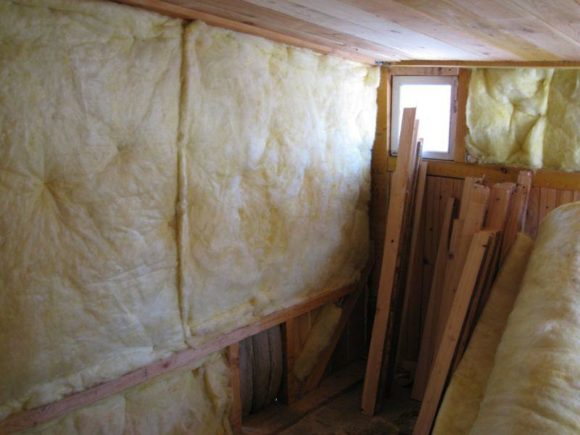
Floors
The floor plays a very important role in maintaining heat, if the chicken coop is built directly on the ground, it will freeze and, accordingly, it will be cold in the room. Most often, the same mineral wool, polystyrene foam is used to insulate the floor, expanded clay also retains heat very well. Litter is placed on top of the coating for insulation; for this, sawdust or wood shavings are used. Many poultry farmers recommend buying sawdust from spruce, they have disinfecting properties and slow down the reproduction of pathogenic flora. A layer of straw is sprinkled on top of the litter.
Ceiling
In areas with frosty winters, it is recommended to build chicken coops with a gable roof, this will reduce the load on the coating, and the attic will help retain heat. To insulate the roof using the same materials as for floor insulation.
Windows and doors
No less important is the insulation of window and door openings, because cold air can penetrate through holes in them. To begin with, they inspect the loot, if necessary, the slots are foamed, they also come with window frames. Then you can clean the excess foam with a clerical knife and cover the area with putty. Rags can be placed in large holes. For door trim, thermal insulation materials are used.
Artificial heating
In areas with a temperate climate, heating is not always required, but in most regions of Russia winters are cold and you cannot do without it. Many poultry farmers are considering installing heating in the chicken coop, while most have a limited budget and are looking for a cheaper way. However, you need to consider not only the price of heating appliances, but also the monthly costs in the cold.
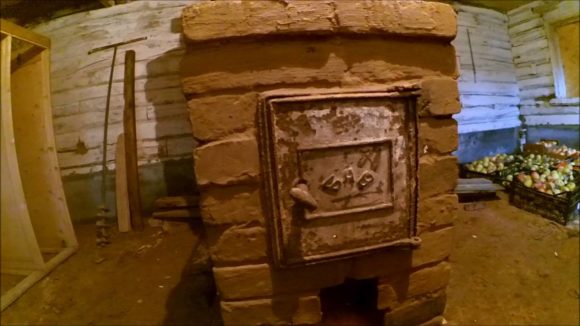
Stove heating
Most often, in order to heat the chicken coop, a potbelly stove is installed, this is due to the fact that the raw materials for the furnace are in abundance and it is cheap. The stove can be heated both with wood and coal. If you have the skills, you can design yourself, but if you don’t have them, it’s better to buy a potbelly stove. The stove is placed away from flammable materials, this will reduce the likelihood of a fire. It is also better to block it from birds so that they do not accidentally get burns.
The oven must be monitored around the clock.
Water heating
This heating method is used if the room where the birds live is near a residential building. Then you can install pipes and radiators in it and connect it to a home heating system. To make a separate water heating in a small chicken coop is not profitable, as this requires a large investment.
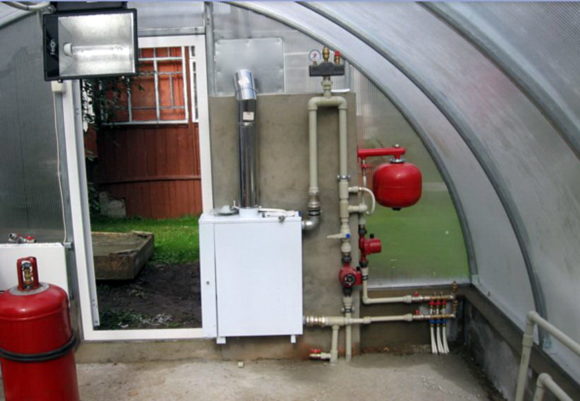
Gas heating
It makes sense to buy gas equipment only on an industrial scale or in the presence of a large farm. After all, installing a heating system requires the participation of specialists, and their services will not be cheap. You also need to make a project and buy the equipment itself. The heating system is divided into two varieties of water and convector. Water system consists in the following: when gas is burned, heat is generated, with its help water is heated, which circulates through the pipes. Convector heating consists of heating elements - convectors, which are combined into a system. Devices heat up during gas combustion.
Periodically, it is necessary to carry out preventive cleaning of gas equipment.
Diesel heating
It does not require large investments in the first stages, but fuel consumption is quite high. In addition, most devices emit an unpleasant odor and harmful substances during fuel combustion, which accumulate and can adversely affect the health of chickens.
Maintaining a comfortable chicken temperature in the chicken house without electricity is not difficult. But before installing any heating, it is necessary to insulate the room, this will significantly reduce the cost of heating the chicken coop in cold weather. A warm shelter in birds will help protect chickens from colds and infectious diseases, as well as increase egg production in the cold seasons.

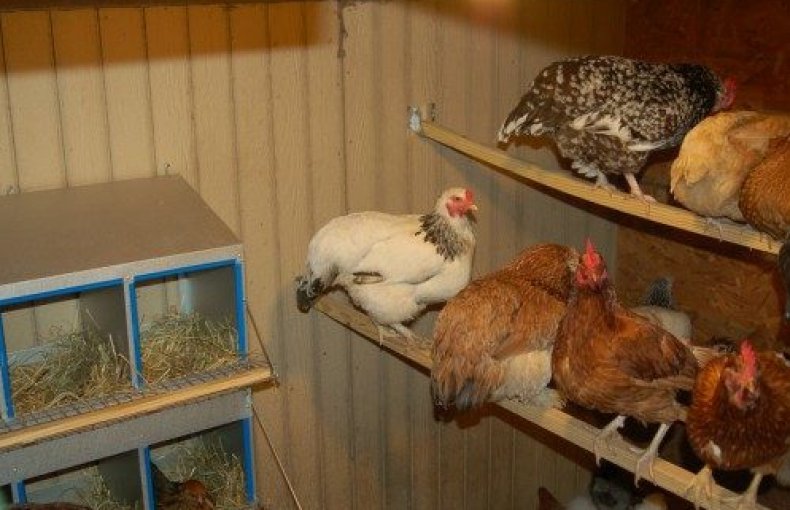
Alas, no comments yet. Be the first!